It seems like I am having most of the 2006 Tasteoff teas in 2007. A few of them I did drink, and now I’m drinking the remainder. The others I didn’t drink, and am now drinking for the first time. The 2003 Crab Claw cake from Hster is one such cake.
Crab claw is some parasitic vine that grows on tea trees, supposedly only on older trees and supposedly mostly in Jingmai area. They look rather flat and are a bit orangy in colour when dry. I didn’t notice any in the small sample I got. It looked more or less like pretty normal young puerh.
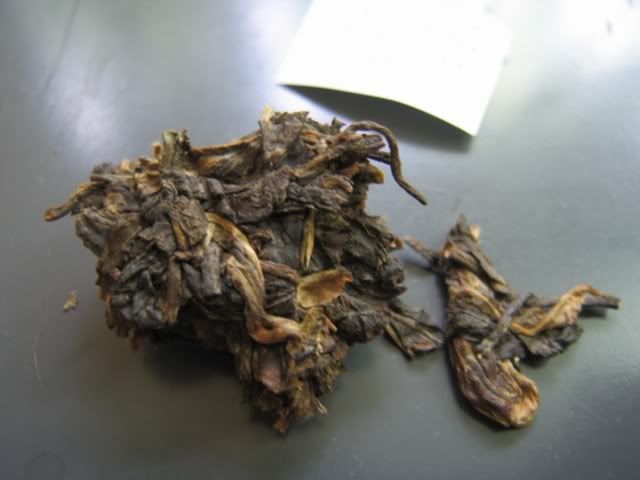
The tea has a bit of a spicy note to it when brewed, with a lingering aftertaste. The first few infusions were quite good, strong without being too harsh. Among the teas from the tasteoff, this one is on the aged side of things and tastes that way. The first hint of agedness is showing through, and it yields a rather agreeable drink. Later on the spicy taste fades a bit into a sweeter, mellower version of itself. Aftertaste doesn’t last that long anymore though….
This is around 4th infusion
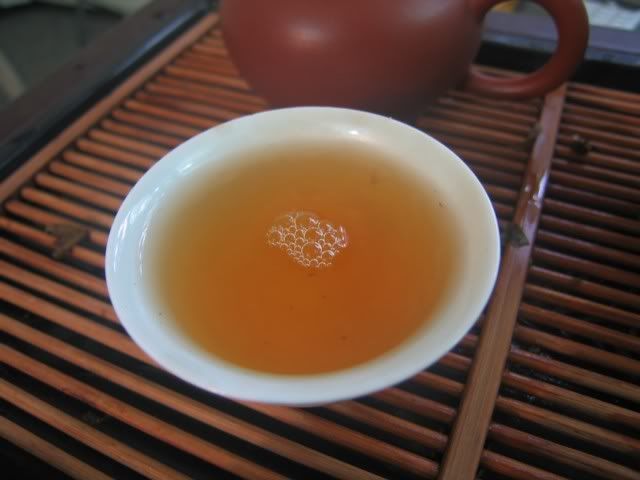
Somehow, when I was brewing it, it kept clogging my pot. Other young puerhs I’ve used for my pot have so far behaved themselves, but this time, no matter what I did, every infusion involved some struggle with the clogging problem. I wonder why that was the case. I tried pouring the water differently, pushing the leaves in right before I pour out, etc… to no avail 🙁
Can I tell if there’s any crab claw taste? Not really. Going through the wet leaves… I didn’t really find anything incriminating either.
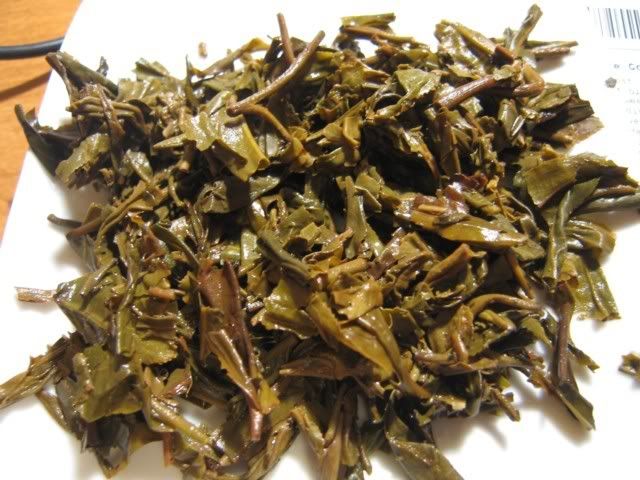
It’s very likely that this, like most crab claw cakes, only have a few of them on the surface of the cake, so unless you got those pieces, there’s basically none. I’ve never been sure of the value of these things. Why put them on the cake? On their own, crab claw doesn’t taste terribly good, IMHO. Supposedly it has medicinal value, but so does everything tea related, supposedly. If you really believe those claims…. you should be living to 250 and still be active like a 20 years old. Maybe novelty? Gimmick? As if there weren’t enough gimmicks in puerh already…

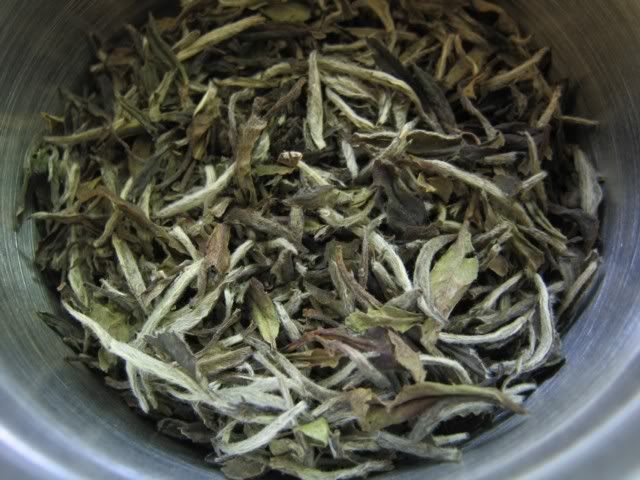

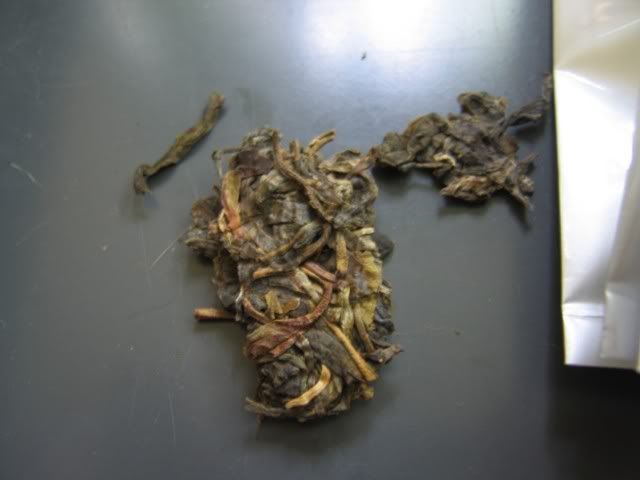
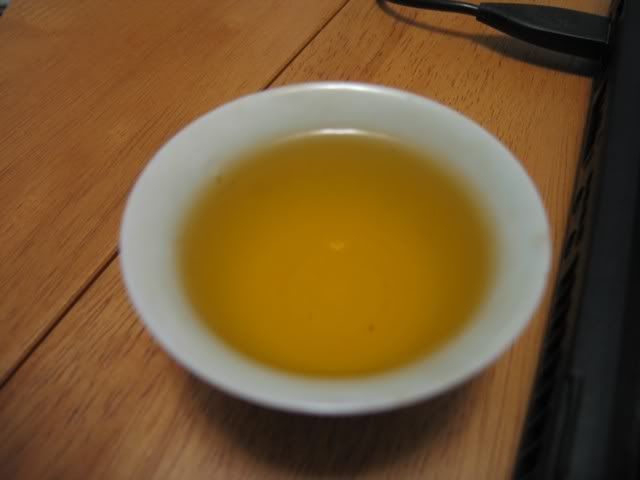

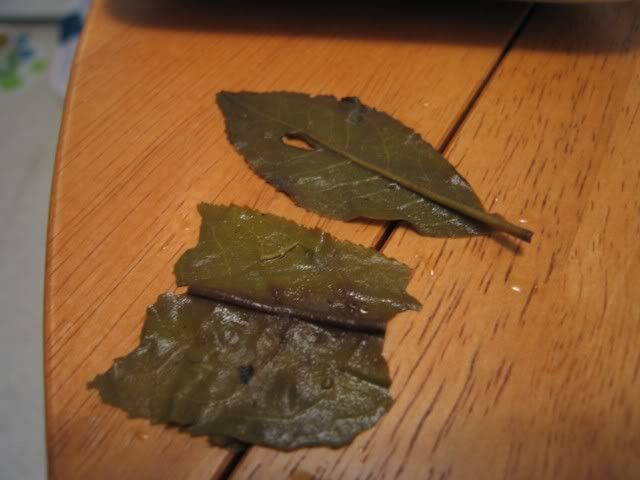
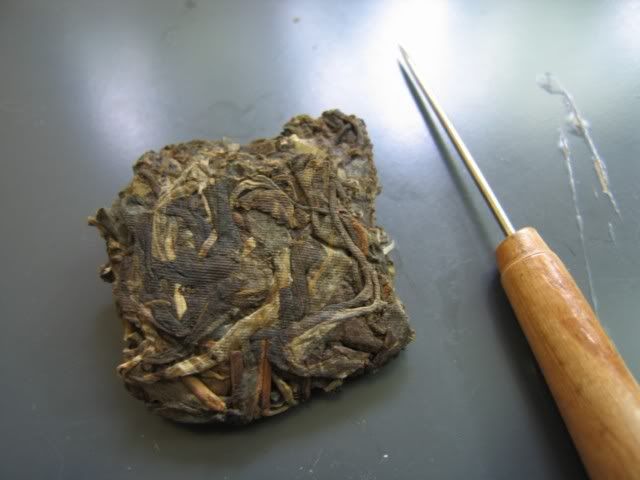
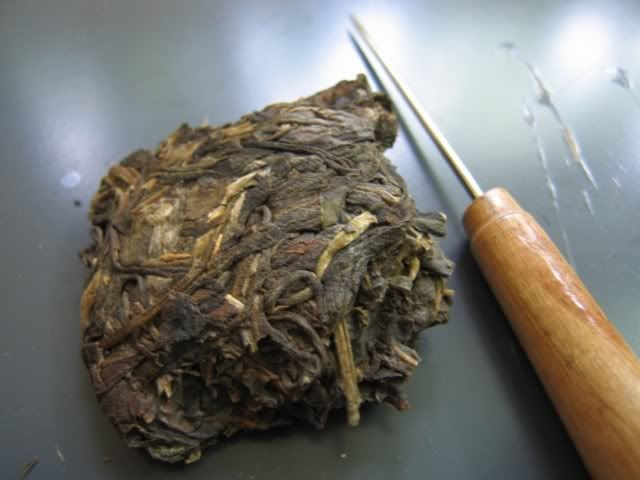
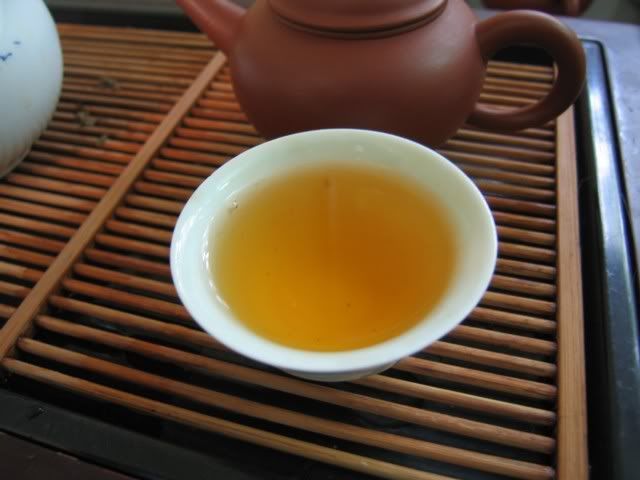


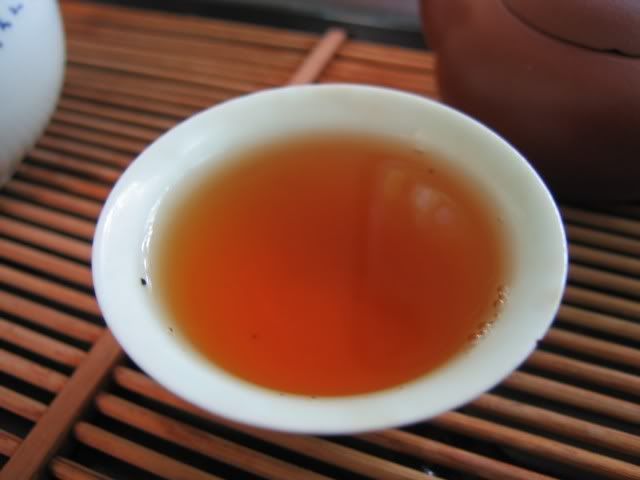

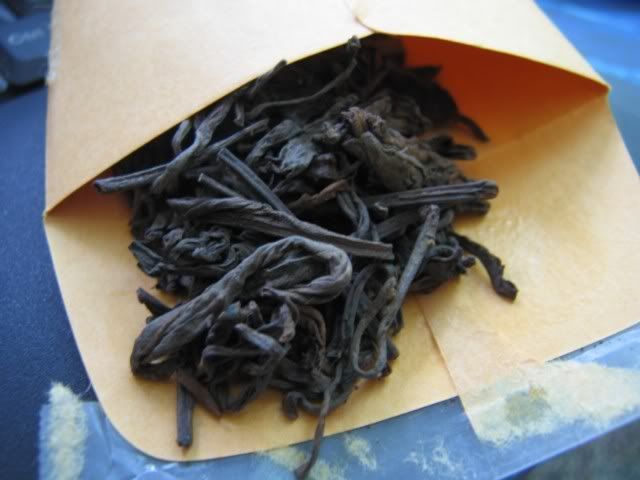
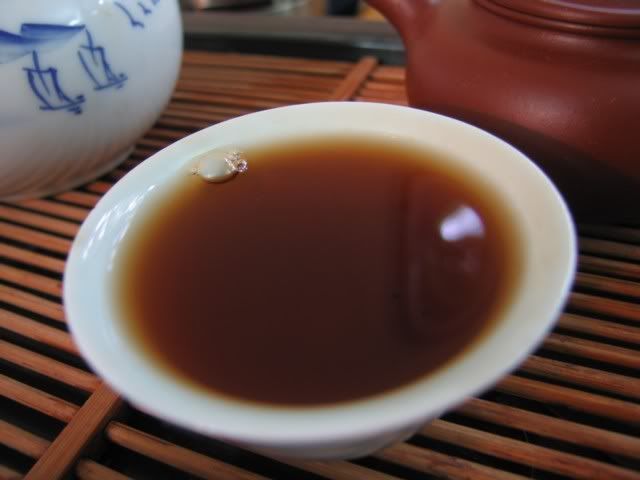
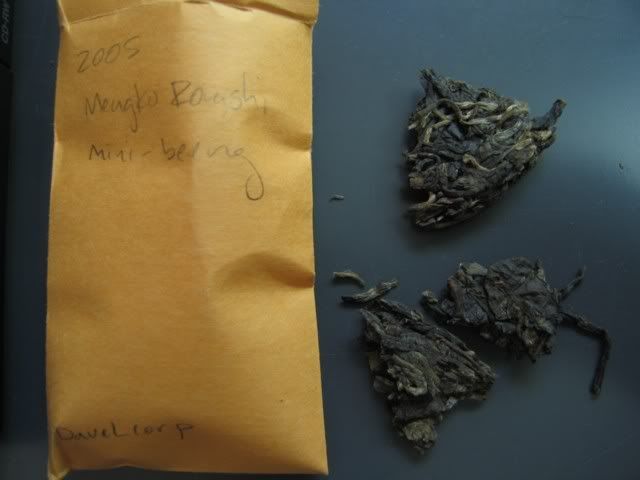

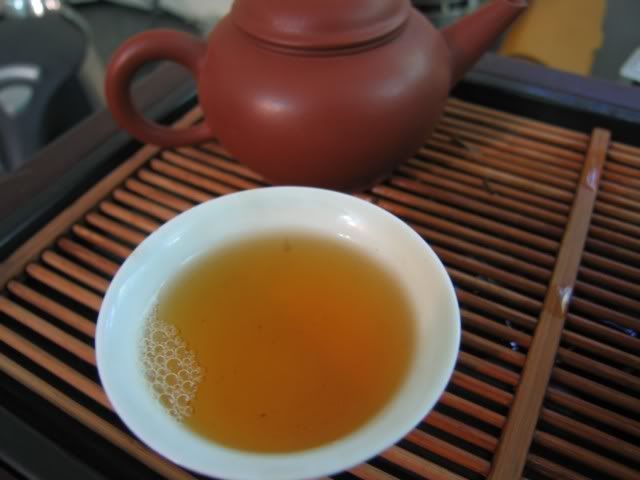
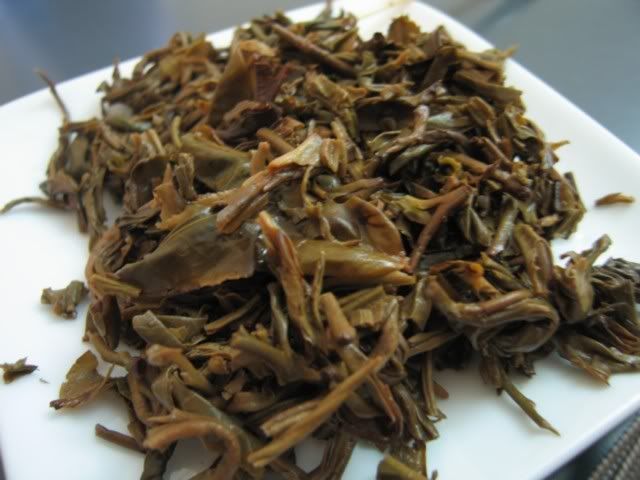
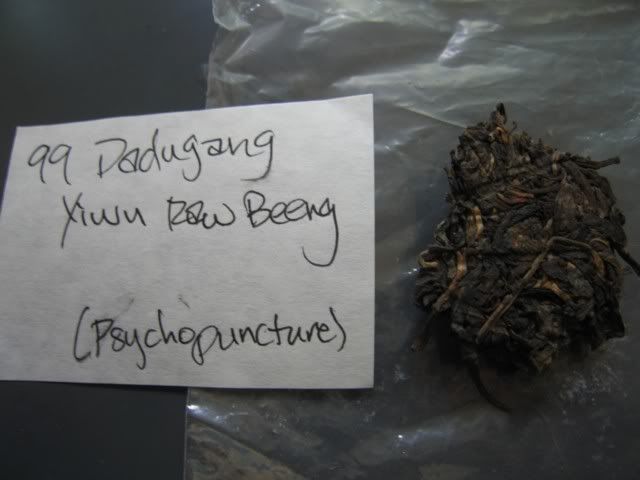


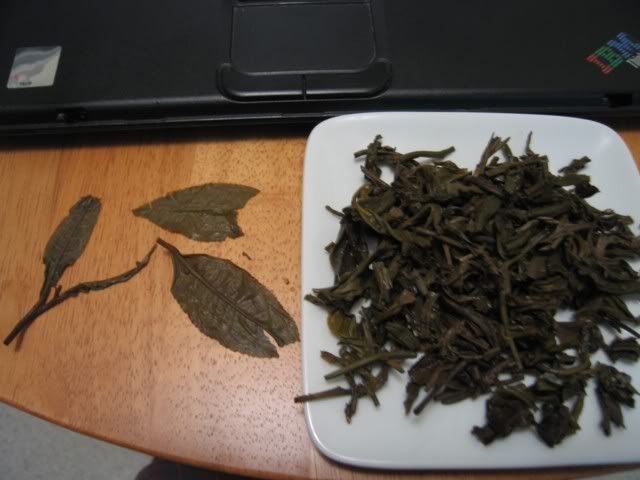
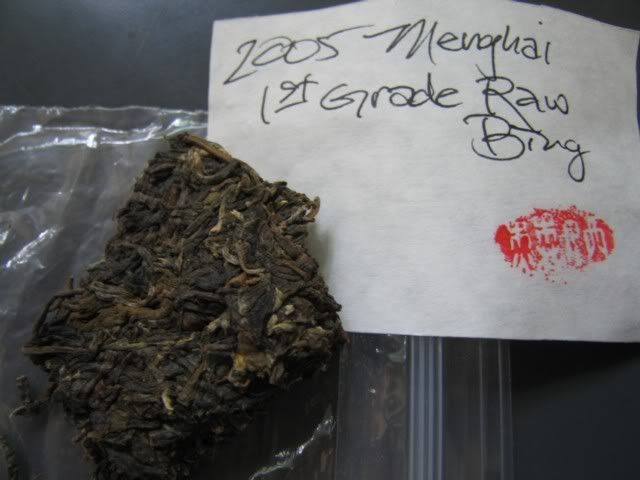
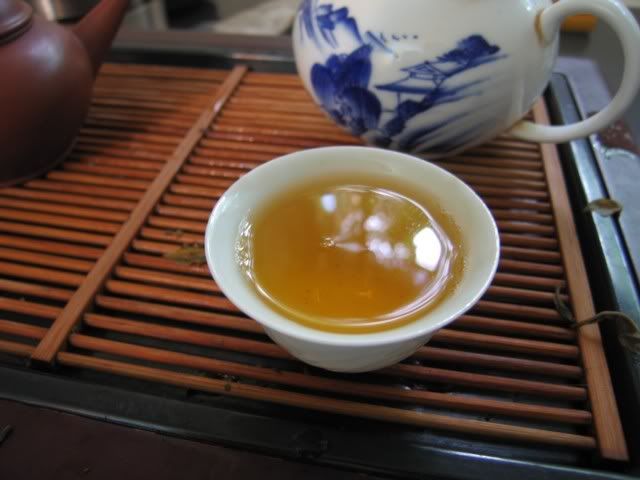
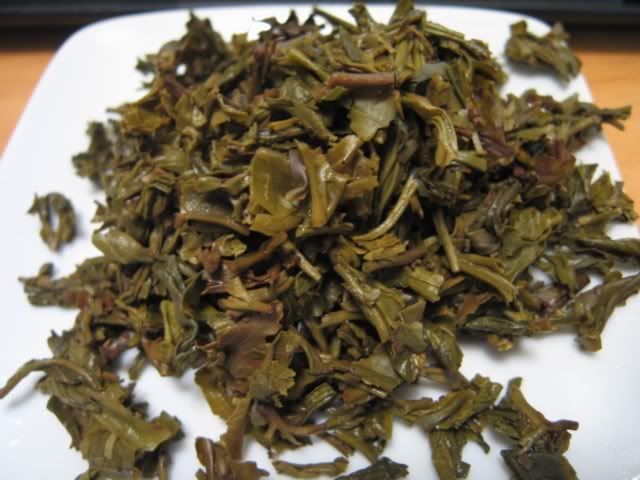
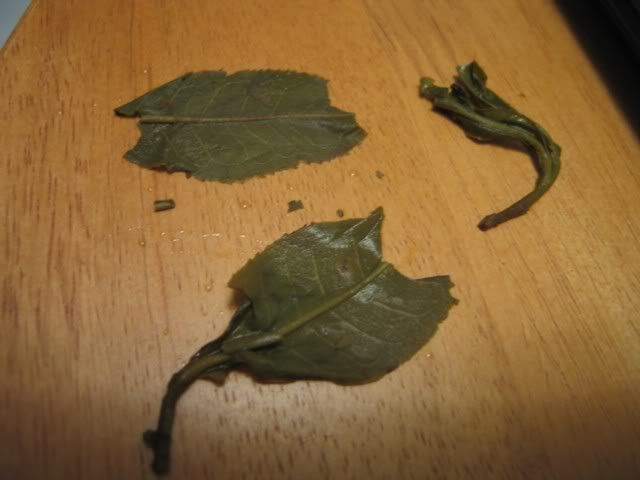
I just want to say that I still find your blog and writing extremely relevant. Thanks!